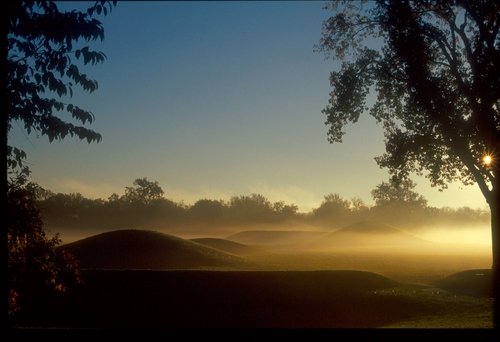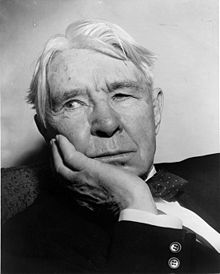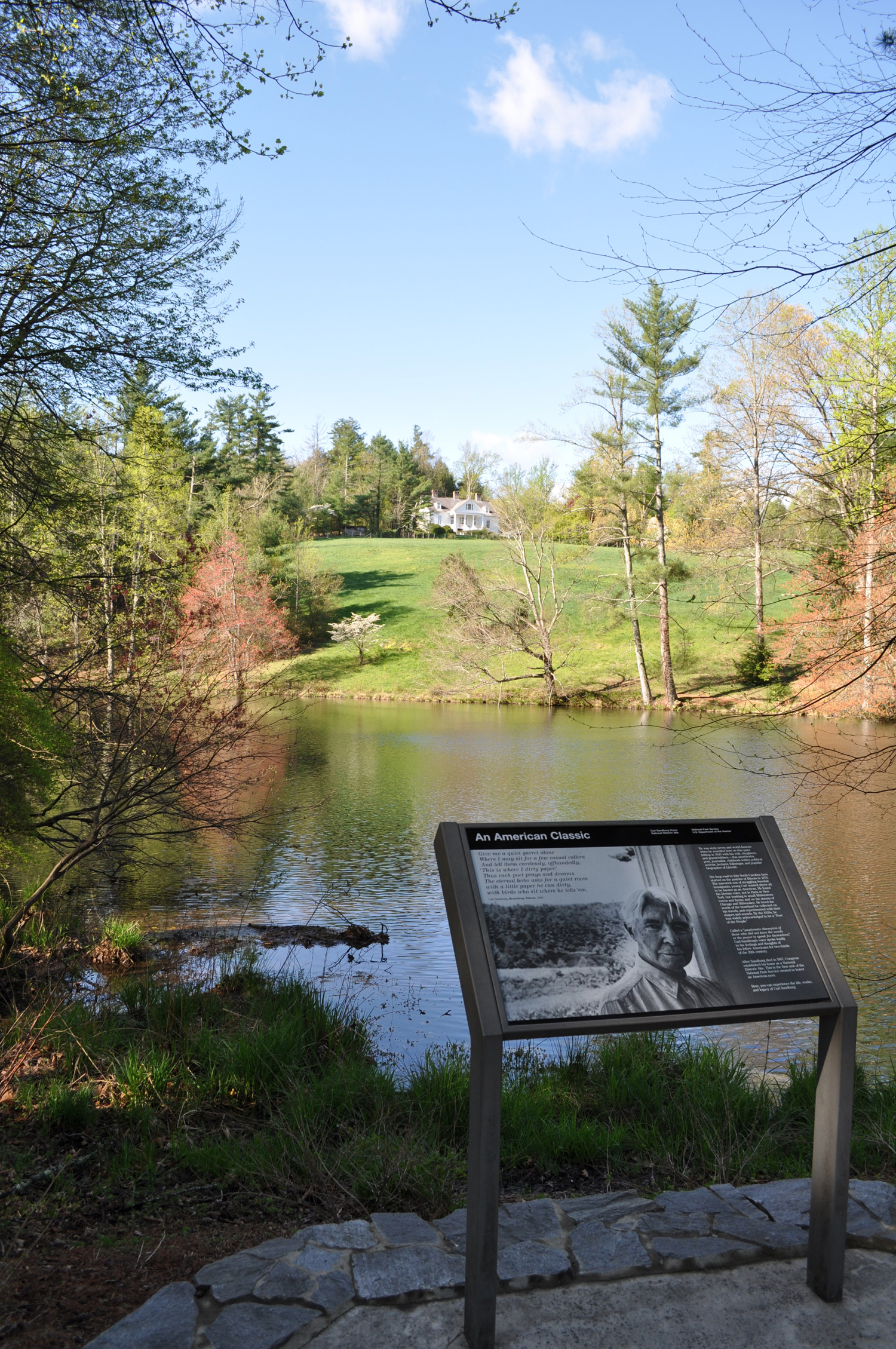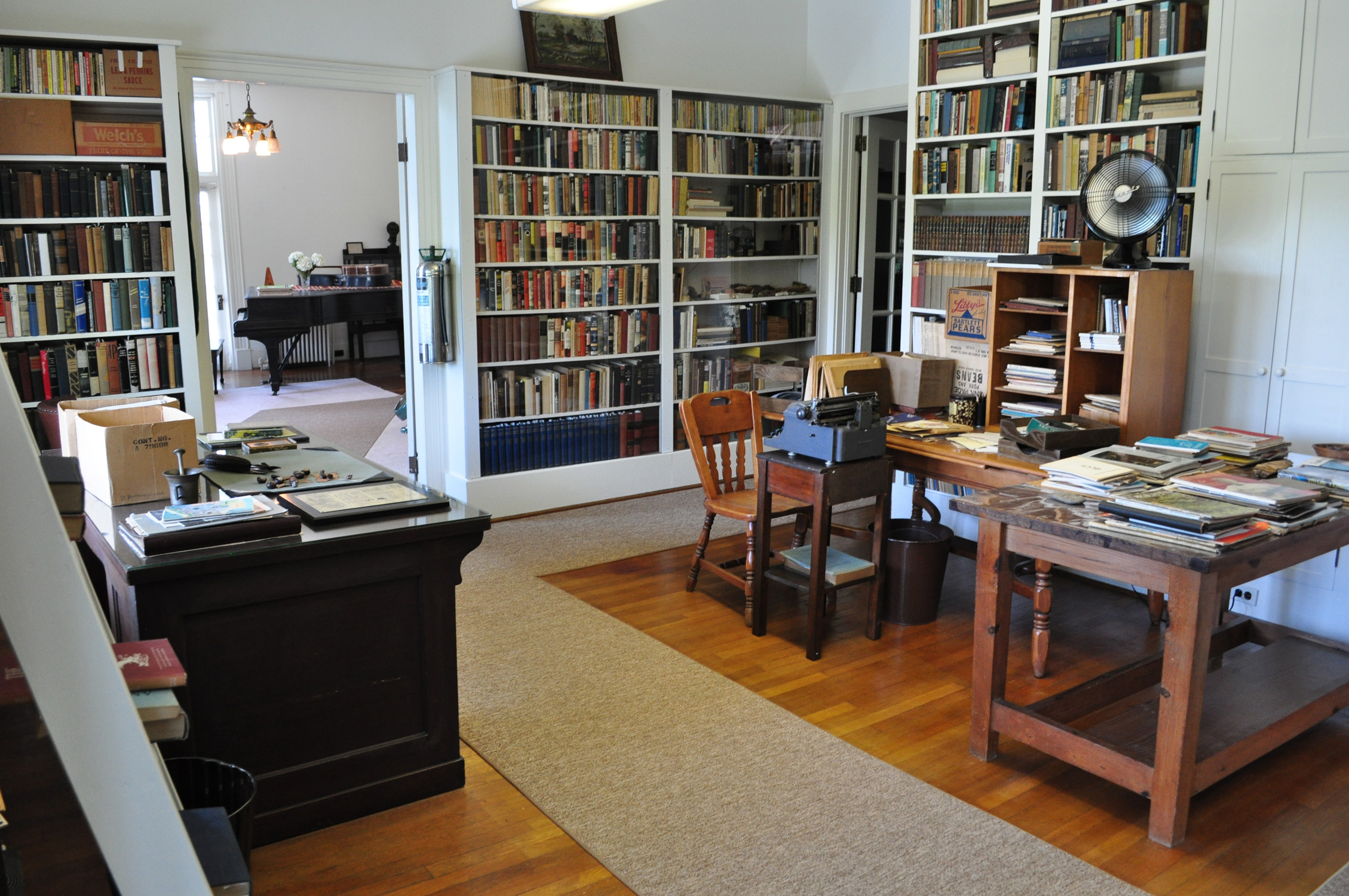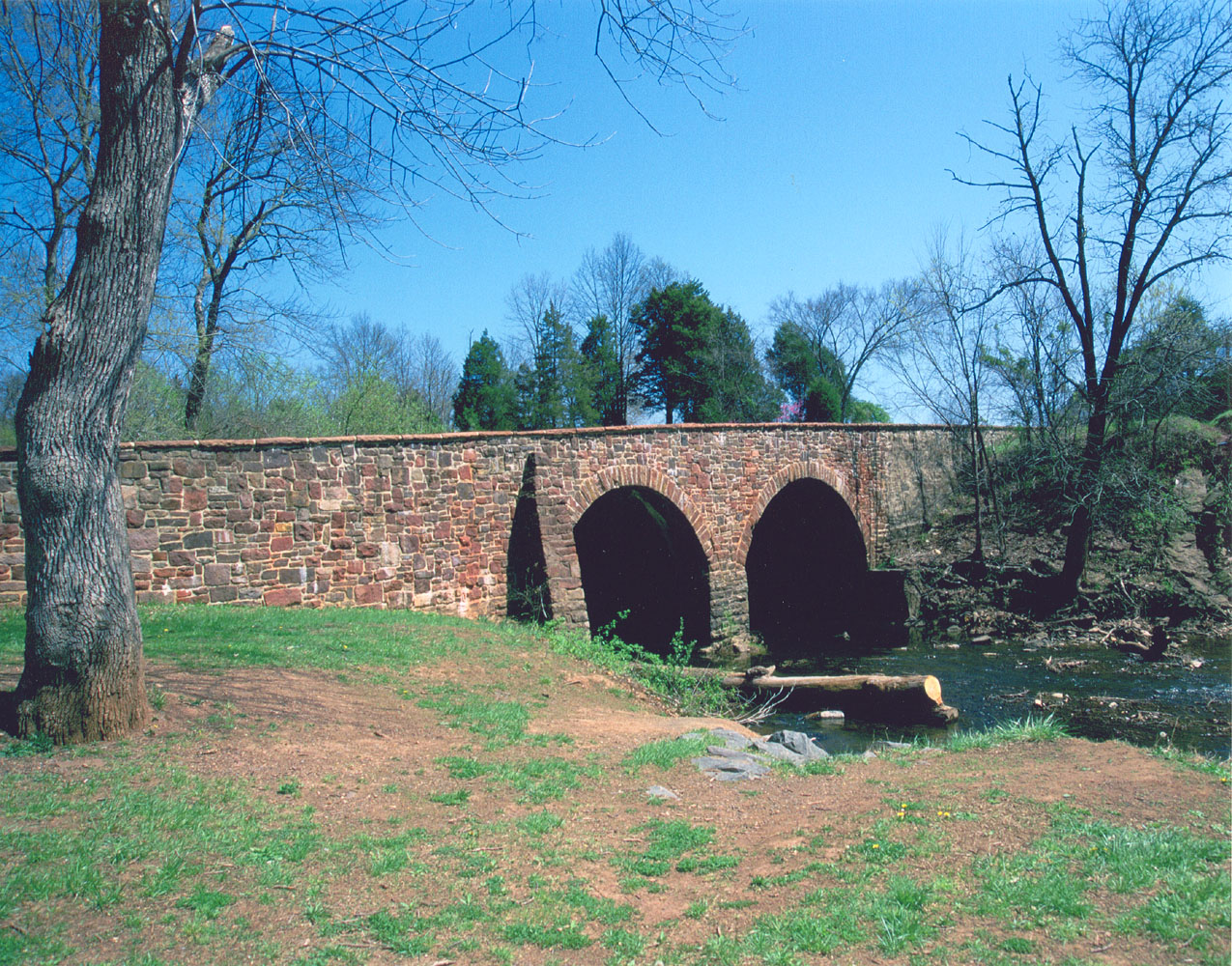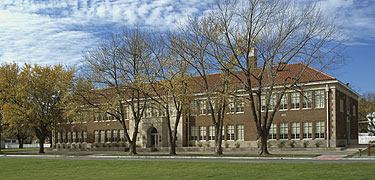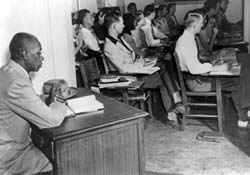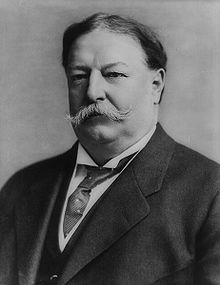
On a whim the family decided to drive down to Cincinnati which is about 2 hours away. There was a snowstorm going on at the time, but we didn't care we were itching for something to do. Once we got to Cincy, we found a BOFA (yes, BOFA has no branches in Indiana, go figure) and made a bank deposit. After that initial stop (still can't believe BOFA doesn't have branches in Indiana) we went for some German grub at the second largest biergarten in the world (after Munich's), Hofbräuhaus.The menu for this fine establishment can be found here. I enjoyed the sampler platter and a couple of their tasty beers while tapping my toes to the Alpen/Polka music (what do you call that German Octoberfest music when it isn't October???). We also made a trip to the Cincy IKEA to pick up some things for the house. We need one of these nearby.
Regarding the National Park Site, William Howard Taft's house is located in a downtown neighborhood not far from the Ohio River that separates Cincinnati from Kentucky. The house is modest in stature, of the dozen or so presidential houses I have been to, this one ranks towards the bottom in its splendor (Harry Truman's is the most modest thus far) but I have quite a few to go.
It is safe to say that Taft, the 27th US President, was a large individual. Many folks will remember the story about him needing a new bathtub installed into the White House to support his girth. I did learn less trivial facts; he was that he first president to also subsequently serve as a Chief Supreme Court Justice which meant he served alongside justices that he himself appointed. It also meant that he was the only President to give the oath of office to another president. I also found it fascinating the things that he was involved with before and after he became president. He was such an accomplished individual before he became president after Theodore Roosevelt. He served as Governor of the Phillipines, U.S. Solicitor General, Judge of the United States Court of Appeals for the Sixth Circuit, Provisional Governor of Cuba, and Secretary of War for Teddy Roosevelt.
 |
| Taft and Roosevelt go at it. |
Another interesting thing I learned was that he became a president on a wave of support for Teddy Roosevelt when TR chose not to run again after serving one full term and one abbreviated term as a result of the assassination of President McKinley in Buffalo, NY. This may have made Taft's term more challenging because he made decisions in office without consideration of the political consequences. When Roosevelt did decide to run again as a third party Progressive candidate to succeed him, it got ugly. While Wilson won convincingly in the election of 1912, it could be argued that the political discord between the two divided two wings of the Republican party and helped Woodrow Wilson win with a plurality but not a majority of the votes. Wilson did win a extremely large portion of the Electoral College.
 |
| Our daughter was a little fearful of the size of President Taft. |

